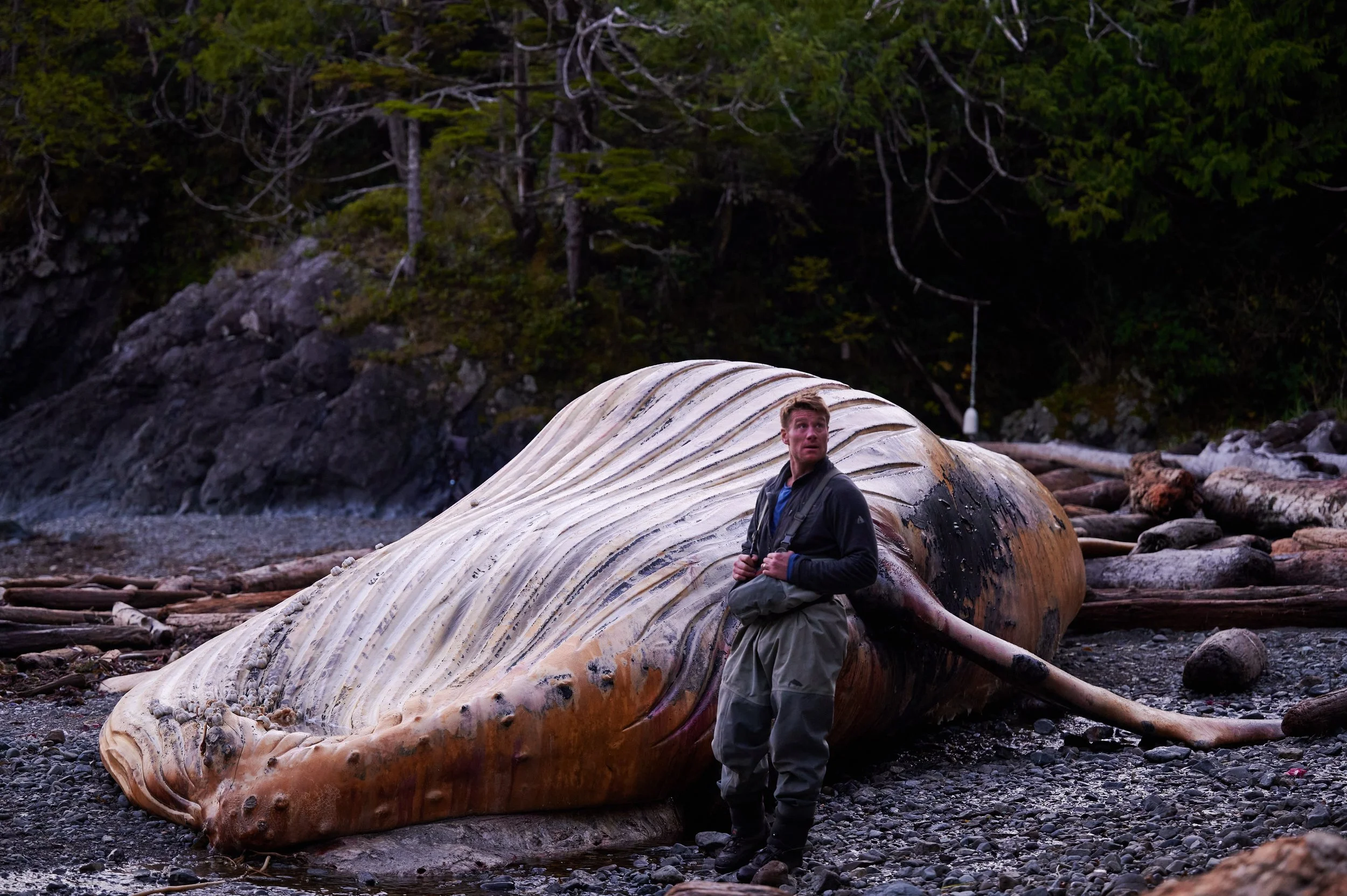Winter Treats!
Hello All. I've been doing quite a bit of road/trail walking this winter and there is a surprising amount of food to be found, well, in the ditch! Not just any ditch though. I am lucky to live in a place where most ditches, streams and creeks are clean enough to eat from. So, for all you city dwellers, be mindful of possible pollutants upstream or near to where you are picking.
The first treat is Chickweed (stellaria media). This is definitely one of my favorite edibles because it is so abundant and easy to identify, making it a very good plant to keep in your "edible lexicon". You can REALLY find this just about everywhere; vacant lots, flower beds, compost piles, dirt roads, lawns. I have even spotted some growing in the cracks of sidewalks (might not want to eat those ones though). It thrives in disturbed and sandy soils from sea level
to foothills. It is easy to identify in winter because it is the only bright green foliage around. The plant is 5-12 inches high with bright green egg-shaped leaves and sometimes little white flowers (even in winter). It is a succulent, meaning that it retains quite a bit of water, making it a nice juicy supplement for a winter salad or in pancakes! Yes, pancakes. Don't believe me? Try it!
Next is the most popular and sought after of all foraged foods. WATERCRESS! It is part of the mustard family, Brassicaceae, along with its more cultivated cousins, broccoli, cauliflower, kale and arugula.Rorippa nasturtium-aquaticum is an important edible to be able to identify, one for its lovely peppery taste and two, for its close growing proximity to the deadly poisonous water hemlock! Be very careful. If you are a novice forager, you should find an experienced picker to take you to
find watercress. It is a perennial aquatic or semiaquatic herbaceous plant, growing in slow moving creeks and streams. It has a trailing characteristic with free-floating branches ranging from 3-15 inches. Little white flowers form in summertime. This is one of the most refreshing tastes in the wild, so please take the time to learn how to properly identify and pick. P.S Try some leaves in a cheddar cheese sandwich, MEOW!
Last is wintercress. Yes, not as showy or as tasty as watercress, but just as nutritious. It grows in the rich wet soils of your local meadows, streambanks and forests. Barbarea orthoceras has long, dark green lobed basal leaves that grow in a rosette or a layered whorl. During early spring, the long tap root can be harvested and tastes similar to horseradish. Add this zesty biennial to camp salads or wood stove pasta sauce while on a weekend adventure!
Hopefully you are set for your winter treats. It is hard to find edibles at this time of year. So when you do, savor these "green treasures" and know that spring is just around the corner!
-Jade Bisson

